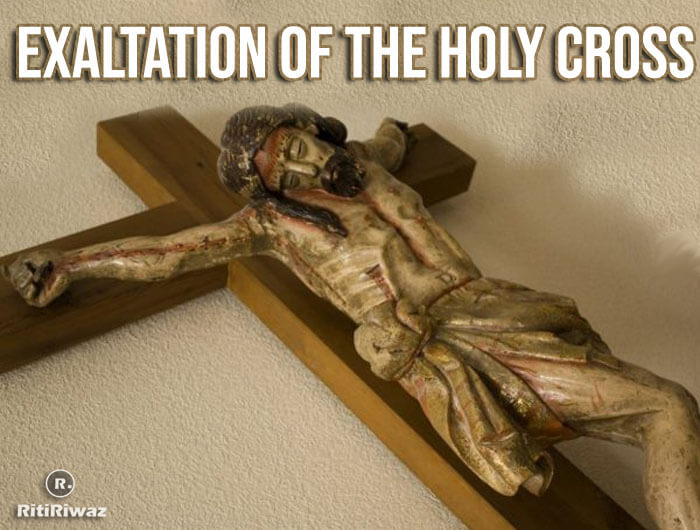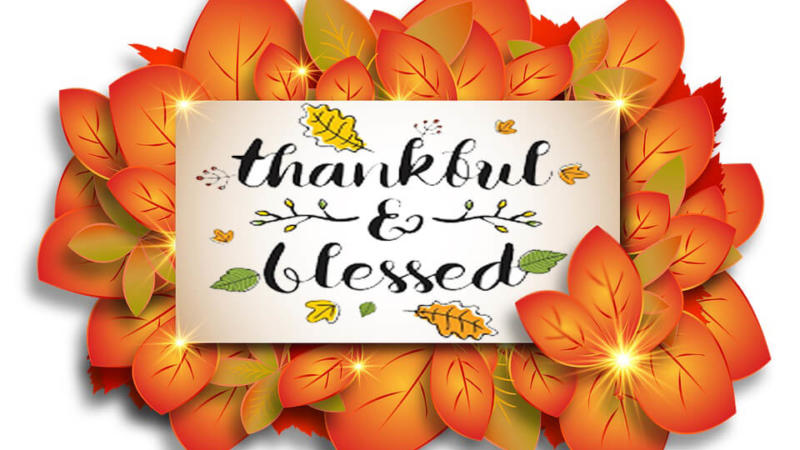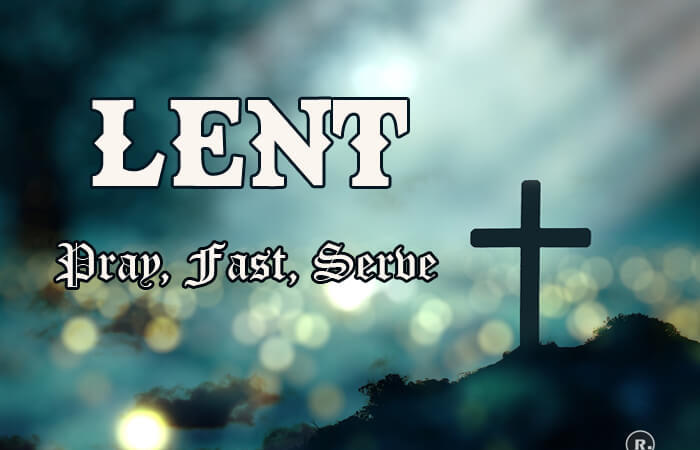Holy Cross Day | Feast Of The Cross

Holy Cross Day is the day on which the feast of the Exaltation of the Holy Cross is held, 14 September every year. This day commemorates the return of the Holy Cross to Jerusalem in A.D. 628 following its capture by the Persians. It is observed on September 14 in the Julian calendar, which corresponds to September 27 in the Gregorian calendar.
This feast is known as “The Exaltation of the Holy Cross” in the eastern church and in missals and sacramentaries of the western church, and it is known as “The Triumph of the Cross” in the Roman Catholic Church. The Feast of the Exaltation of the Holy Cross is the last one of these five cardinal feasts or Daghavars.
Holy Cross Day provides an opportunity for a joyous celebration of Christ’s redeeming death on a cross. The Cross is a shorthand expression for the redeeming passion and death of Jesus Christ. Emperor Constantine’s mother, Helena, was believed to have found the original cross on September 14, 320. In conjunction with the dedication of the Church of the Holy Sepulchre, Constantine made the festival day official in 335.
History of Holy Cross Day
We celebrate Holy Cross day on September 14th because it was on this day in 335 CE that the Church of the Holy Sepulchre was dedicated in Jerusalem on the site of Jesus’ crucifixion. Emperor Constantine’s own mother Helena discovered broken pieces of the cross itself while on a pilgrimage to Jerusalem in 326 CE.
The Jews had hidden the Cross in a ditch or well, and covered it over with stones so that the faithful might not come and venerate it. Only a chosen few among the Jews knew the exact spot where it had been hidden, and one of them, named Judas, touched by Divine inspiration, pointed it out to the excavators, for which act he was highly praised by St. Helena. Judas afterward became a Christian saint and is honored under the name of Cyriacus.
After the happy discovery, St. Helena and Constantine erected a magnificent basilica over the Holy Sepulchre, and that is the reason why the church bore the name of St. Constantinus.
In 614, the Persians attacked the church and carried away the portion of the cross that was kept inside. The Byzantine Emperor Heraclius recaptured the True Cross in 628. The cross was returned to the church in 629, after a tour of the Byzantine Empire.
What is the significance of the sign of the cross?
In the first place, we often place our initials or other personal marks on something to show that it belongs to us. The Cross is the personal mark of Our Lord Jesus Christ, and we mark it on ourselves as a sign that we belong to Him, just as in the book of Revelation, as noted above, the servants of God are sealed or marked on their foreheads as a sign that they are His.
Fasting
In Eastern Orthodox practice, the Feast of the Cross is always a fast day. The faithful are expected to observe a strict fast. It is prohibited to eat meat, dairy products, and fish, but the eating of oil is allowed. Fasting is not a set of dietary laws or legalistic requirements. We fast in order to simplify our lives, to make room for God’s presence through prayer, and to reduce our consumption so that we have something to share with others.
Suggested Read: Christianity in India
Celebrating Holy Cross Day
Holy Cross Day is one of four annual markers for the Ember Days. Ember Days are special times for prayer, fasting, and the ordination of clergy in certain Christian denominations. On the day of the Feast, a special service is held in Church. The Cross is placed on a tray surrounded by branches of basil and is taken in solemn procession through the church to the chanting of the Hymn of the Feast.
The tray is placed on a table, and the priest takes the Cross and offers petitions from each side of the table, the four directions of the compass. This represents the universal nature of the offering of Christ upon the Cross. As the people respond by chanting “Lord have mercy”, the priest raises and lowers the cross, a commemoration of its finding and exaltation. At the conclusion of the service, the people come and venerate the cross and receive the basil from the priest. The basil is used and offered, as it was the fragrant flower growing where the Cross was found.
“Everything is a reminder of the Cross. We ourselves are made in the shape of a cross.” – St John Vianney






